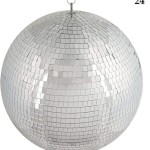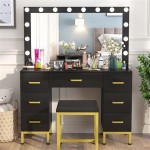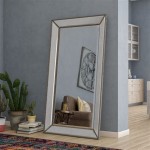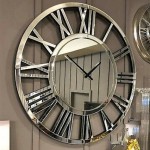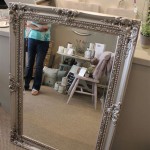Are Modern Mirrors Made With Silver?
Mirrors, ubiquitous in modern life, reflect our world back to us. But what exactly creates this reflective surface? While the historical use of silver in mirror-making is well-documented, advancements in technology have led to the development of alternative methods. This article examines the composition of modern mirrors and the role, if any, that silver continues to play.
The Traditional Silvering Process
Historically, mirrors were created through a process known as silvering. This involved applying a thin layer of silver onto a glass substrate. The silver, in its metallic form, possesses excellent reflective properties, making it an ideal choice for creating a mirror surface. This traditional silvering process, however, was labor-intensive and involved hazardous chemicals like mercury.
The Rise of Aluminum-Backed Mirrors
In the mid-20th century, a shift occurred in mirror production with the widespread adoption of aluminum as the reflective material. Aluminum offered a significant cost advantage over silver and could be applied more efficiently through vacuum deposition. This process involves vaporizing aluminum in a vacuum chamber and allowing it to condense onto the glass surface, forming a thin, uniform, and highly reflective layer.
The Vacuum Deposition Process
Vacuum deposition is a crucial process in the creation of modern mirrors. The environment within the vacuum chamber eliminates air and other impurities, ensuring a clean and flawless deposition of the reflective coating. This results in a higher quality mirror with enhanced reflectivity and durability compared to traditionally silvered mirrors.
The Role of Silver in Specialized Mirrors
While aluminum is the dominant reflective material in common household mirrors, silver still maintains a presence in specialized applications. In certain scientific instruments and optical devices, the superior reflectivity of silver in specific wavelengths of light makes it indispensable. Examples include telescopes, lasers, and high-reflectivity mirrors used in scientific research.
Protective Coatings and Durability
Whether coated with aluminum or silver, the reflective layer of a mirror is delicate and susceptible to damage from oxidation and scratches. To enhance durability, a protective coating is applied over the reflective surface. This coating, often consisting of multiple layers of paint or other protective materials, shields the reflective layer from environmental factors and extends the lifespan of the mirror.
Environmental Considerations
The shift from silver to aluminum in mirror production has had environmental benefits. Silver mining can have significant ecological impacts, while aluminum is more abundant and its production processes generally have a lower environmental footprint. The vacuum deposition process itself also minimizes waste and the use of hazardous chemicals compared to the traditional silvering process.
The Future of Mirror Technology
Research and development continue in the field of reflective coatings, exploring new materials and processes. This ongoing innovation aims to improve the reflectivity, durability, and sustainability of mirrors. New technologies, such as dielectric mirrors, which use multiple layers of thin films to achieve extremely high reflectivity, are finding increasing applications in specialized fields.
Dielectric Mirrors and Advanced Applications
Dielectric mirrors, constructed by layering thin films of dielectric materials, offer superior reflectivity compared to traditional metallic mirrors, especially within specific wavelength ranges. They play a crucial role in applications such as laser cavities and optical filters, where precise control of light reflection and transmission is essential. This specialized mirror technology represents a significant advancement in optics and photonics.
Silver's Legacy and Modern Adaptations
While silver may no longer be the primary reflective material in everyday mirrors, its legacy continues in specialized applications. Furthermore, the term "silvering" is still sometimes used colloquially to refer to the process of applying a reflective coating to a mirror, regardless of the actual material used. This linguistic remnant highlights the historical significance of silver in the development of mirror technology.

Brandtworks Medium Aged Silver Modern Mirror 32 In H X 65 5 W Av14tall The Home Depot

Modern Wall Mirror By David Hurwitz Custom Mirrors Made In Vt Originals

Brandtworks Medium Rectangle Silver Modern Mirror 36 In H X 30 W Bm026l The Home Depot

Almeria Silver Mirror Deknudt Mirrors Usi Maison

Large Rectangle Matte Silver Modern Mirror 60 In H X 40 W V095 34 5 54 The Home Depot

Silver Squares Glass Mirror

Shyfoy Starburst Decorative Mirrors For Wall Decor 31 5inches Modern Silver Home Com

Modern Mirrors Large Wall Decorative

Silver Mirror With Elegant Corners Funky Mirrors Bathroom Mirrorr Modern Pattern Entryway Decor Interior

Made Goods Donatella Oval Mirror Silver Clayton Gray Home



